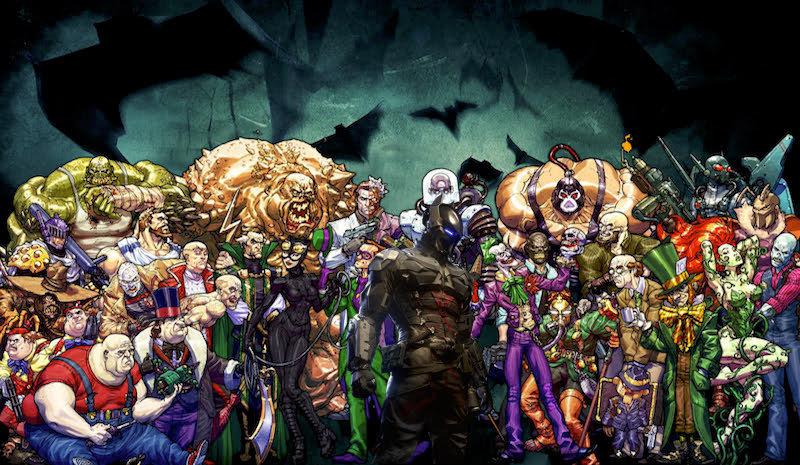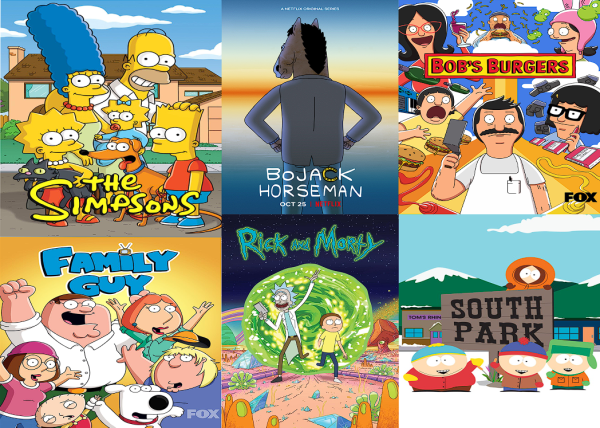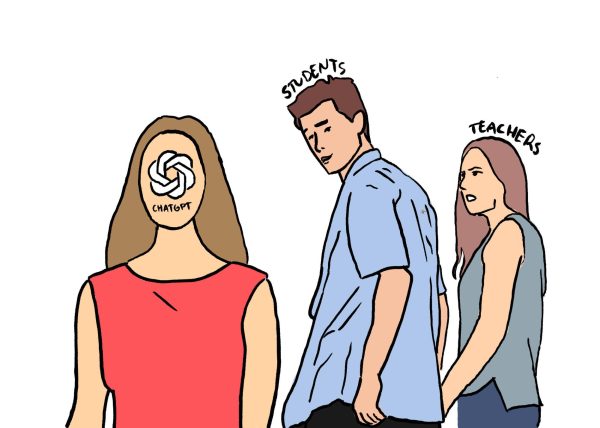The Comic Critic: It feels good to be bad
From Scar in The Lion King to Voldemort in the Harry Potter series, villains are either tragic characters to sympathize with or they have the oxymoronic description of the person we love to hate. This could not be more true in the world of superheroes. The villain provides either the main hero a physical and/or emotional obstacle to overcome or an epic showdown of good vs. evil in a gratuitous fight scene. But what exactly makes a good bad guy?
One of the most basic needs for a character is that they need to be well-rounded and fleshed out. Malekieth (Christopher Eccleston) from Thor: The Dark World and Ronan the Accuser (Lee Pace) from Guardians of the Galaxy ended up falling flat because they were not given enough screen time for their motivations to be discovered, why they are who they are. Magneto from the X-Men franchise, for example, is given multiple movies to develop his character. It may not make him the best villain ever, but his ample screen time does let audiences fully examine his character.
While a strong character makes the villain, it means nothing if it does not follow the source material. In the world of comic book movies, nothing can upset super fans more than a complete ignorance of what has been printed in the comics. Batman v. Superman: Dawn of Justice is the worst offender. Many criticize Jesse Eisenburg’s Lex Luthor for not only being a flat one-note character, but also for its unfaithfulness to the comics. In BvS, there is no reason for Luthor to pit Batman and Superman against one another. He just does it to watch the destruction of their fight, which is good, if he was not playing Lex Luthor. In the comics, and other Superman movies, Luthor is portrayed as a cunning, grounded businessman who goes after Superman because he always stops his plans to gain more wealth. Here, he looks like a discount version of Heath Ledger’s Joker from The Dark Knight.
Part of a villain’s character that stands out is their backstory. What happened to them in their lives that made them turn to a life of crime? When done well, this can make the villain one of the more intriguing aspects of the film. This is the reason why Helmut “Baron” Zemo (Daniel Brühl) didn’t feel like a completely wasted character in Captain America: Civil War. While his plan for dividing the Avengers seemed very frail, at best, the reasons he had for doing so, and the way he went about it, are what really made his character worthwhile, a fact that is revealed in his last two scenes of the movie. The true significance of Zemo’s feat did not hit me until a few days after I watched the movie: this vengeful, normal human-being succeeded where the Norse god of mischief, an entire alien race, and a killer A.I. robot have failed. That alone makes him a villain to remember, and perhaps with a couple more appearances, Zemo could rise in the ranks of the Marvel cinematic universe’s best villains.
Finally, a villain can be made great simply by being downright scary and disturbing. These are the freaky psychopaths or the charismatic agents of chaos who only want to do what they do for the fun of it, which can both frighten and entice audiences. No villain can really do this part justice like Heath Ledger’s Joker in The Dark Knight. While Jared Leto took the role in the more recent Suicide Squad, Ledger’s chilling performance as the Joker earned him a posthumous Oscar and regards of perhaps playing one of the best villains of all time. One critic who disliked the entire film even admitted that Ledger’s performance was the only part of the movie he liked. His version of The Joker was disturbing in every sense of the word because everything he says makes complete and total sense. He knows Batman (Christian Bale) would not kill him, so he will make it where he can only be stopped if he is killed. This creates a paradox that results in one of two things: The Joker and Batman will keep fighting each other until they die, or Batman finally kills the Joker and breaks his most important rule and compromises his morality. Either way, The Joker wins, and it is his ability to do this no matter what the circumstances that make him one of the best villains there ever was, and possibly, ever will be.
However, since I am talking about what makes a good villain, it only makes sense to talk about the best, most-rounded antagonist between the current Marvel and DC Cinematic Universes: Loki (Tom Hiddleston). Loki embodies many things audiences crave from a villain and combines them into a compelling, threatening, charismatic character that has gathered one of the largest fan bases in all of comic book media. His character has ample time for development, he has appeared in three movies and has a fourth one coming up, and his backstory makes a sort of tragic villain. He was constantly overshadowed by his brother, Thor (Chris Hemsworth), and wants to prove to his father that he is a worthier ruler. He also manages to manipulate any situation he can into his favor, such as his genius stratagem to unleash the Hulk in Avengers. A charismatic performance, one that elicited quite a few laughs, made Loki a villain that anyone could enjoy.
While it can be done in a multitude of facets, a truly good villain is one that you are able to remember far after you have walked out of the theater. It’s like a favorite cartoon character of mine once said, “A hero is a hero, but everybody loves a great villain.”
Your donation will support the student journalists of Hagerty High School. Your contribution helps us publish six issues of the BluePrint and cover our annual website hosting costs. Thank you so much!










